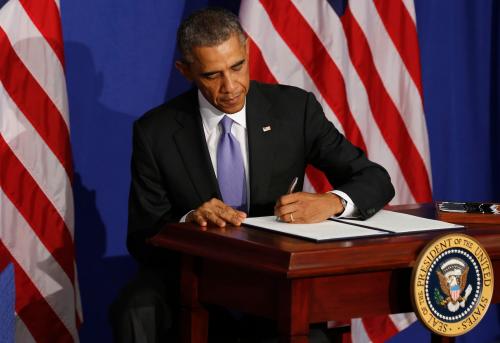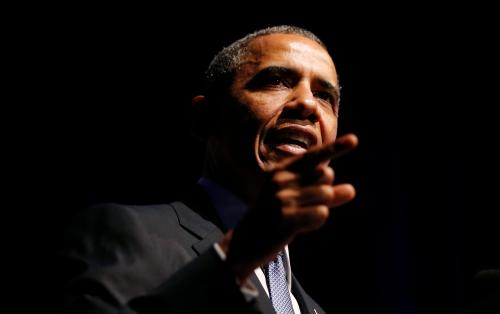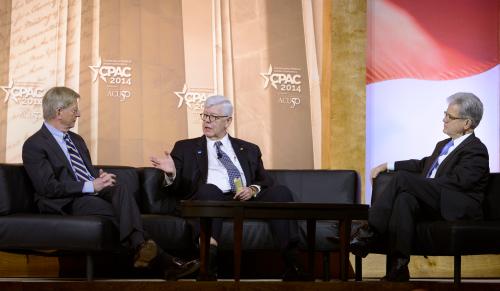President Obama’s State of the Union Address has drawn greater attention to executive orders. Executive orders are a common presidential tool that gives guidance to the executive branch on how to “faithfully execute the laws” or rely on discretion within existing law to affect policy.
Republican opposition has surrounded the president’s declaration that he will begin relying on executive orders to move in areas where Congress has stalled. Claims of tyranny, overstepping authority, and unlawfulness have been batted around by frustrated Republicans. However over the years, executive orders have often been criticized by Congress, particularly members of the party opposite the president. Executive orders ruffle feathers over policy, increase partisanship, and provoke separation of powers issues, but in reality presidents have substantial authority to issue such orders. When the controversy over an issue gets intense it can end up in the Courts but this is rare. Courts have largely upheld the power, and in fact, Congress sometimes adopts the policy through legislation (see the creation of the Peace Corps, for example).
So, what about the criticisms of Obama abusing the powers of his office or using executive orders in an unprecedented way? It’s largely grandstanding from the right.
The graphic below shows the frequency with which presidents have issued executive orders. Republicans are right: President Obama is absolutely unique…in how infrequently he issues them! The last president to issue executive orders at such a slow rate was Grover Cleveland who served from 1885-1889 & 1893-1897. What’s more, Republican complaints about President Obama’s use of such powers is a bit ironic, given historically Republican presidents use executive orders more frequently.

A few important takeaways from this chart:
- Executive orders are fairly common.
- Their use has dropped over the 20th century.
- So far Obama has used executive orders less than other contemporary presidents.
If a president’s executive orders overstep their authority or improperly interpret or seek to enforce the law, there are means of relief. Congress can re-legislate the issue or as my colleague Elaine Kamarck noted in a post a few days ago, courts can throw them out. Criticism of president-as-dictator are always overblown, as the other branches of government serve as checks on presidential power, and those checks extend to executive orders.
However, while the above chart is useful and informative, it is important to note a few items that it does not tell us—items that can inform the discussion.
First, not all executive orders are created equal. Some are quite forceful, making dramatic changes to policy. Others are more routine, housekeeping issues. To say that one president issued more executive orders than another, tells us little about the scope of those orders or the impact they have on policy.
Second, executive orders are just one type of executive power and do not necessarily reflect the true might of the president. Presidents can issue signing statements, presidential memoranda, presidential proclamations, engage in rulemaking (regulatory) authority, reassign appointees, influence budgeting decisions, and use a host of other means of influencing outcomes.
There is much misinformation about President Obama’s use of executive orders. The above chart offers hard data that provide key insight into the realities of President Obama’s behaviors. Like many criticisms of many presidents, policy disagreements stemming from presidential actions do not automatically make those actions illegal. Executive orders are no different. They are not an abuse of power, but a necessary presidential power critical to the function of government.
Editor’s note: the above chart was produced by Christopher Ingraham and originally published here.
The Brookings Institution is committed to quality, independence, and impact.
We are supported by a diverse array of funders. In line with our values and policies, each Brookings publication represents the sole views of its author(s).







Commentary
Obama’s Executive Orders; A Reality Check
January 30, 2014